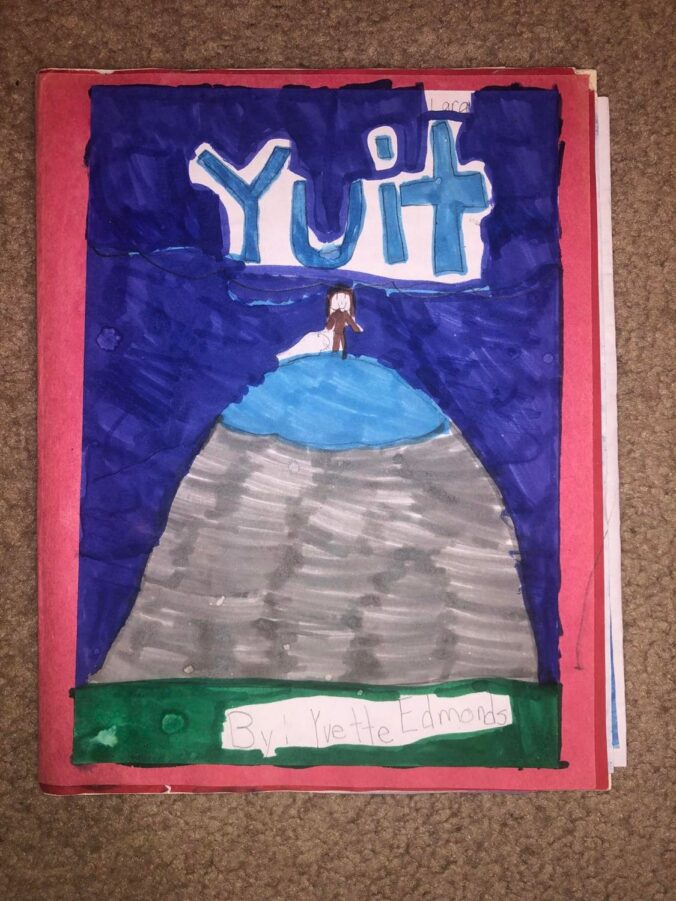In grade three, we did a novel study on the book Yuit by Yvette Edmonds. In the book, an Inuit girl finds an Albino seal and names it Yuit. When the girl refuses to get rid of the seal pup, she is banished from their community and lives with her cousin and attends school.
When deciding whether this is cultural appropriation, I was conflicted. As far as I am aware (since I do not remember a lot of details), the book itself is a good depiction of Inuit life and culture. The author, Yvette Edmonds, is not Inuit herself, but she has visited the community multiple times and has learned Inuit culture. I would say that the novel choice is not cultural appropriation since the author lived with Inuit people and consulted them to write the book. It would be a good way to bring Inuit culture into a classroom. Along with this novel study, we created a booklet with different worksheets on Inuit life. I am still not sure whether this would be considered cultural appropriation. The worksheets in the workbook are about Inuit tools and practices, but they do not relate to the present day and how they are currently doing things. These worksheets put Inuit people into a box they cannot break out of, which I would consider cultural appropriation since the oppressors still dominate their culture and narrative.
To make this project more appreciative, I would have students learning about Inuit in the past and present. Some of the worksheets could include what tools and resources the Inuit used back then, but there could be more on how they have evolved and grown. Other topics that could be covered are current events, such as how Inuit people need to pay insane prices for their groceries.
To shift consciousness using one of Gorski (2008)’s steps, I would use “shift no. 3: rejecting deficit theory” (Gorski, 2008). Although the book does not directly deal with deficit theory, the worksheets I was provided always made me feel sorry for Indigenous peoples since I thought they were missing out on the tools and privileges I was experiencing as a child. I know now that this is untrue, and I would ensure students understand the current crises within Inuit communities and what they look like today.
Gorski, P. C. (2008). Good intentions are not enough: A decolonizing intercultural education. Intercultural Education, 19(6), 515–525. https://doi.org/10.1080/14675980802568319

Leave a Reply